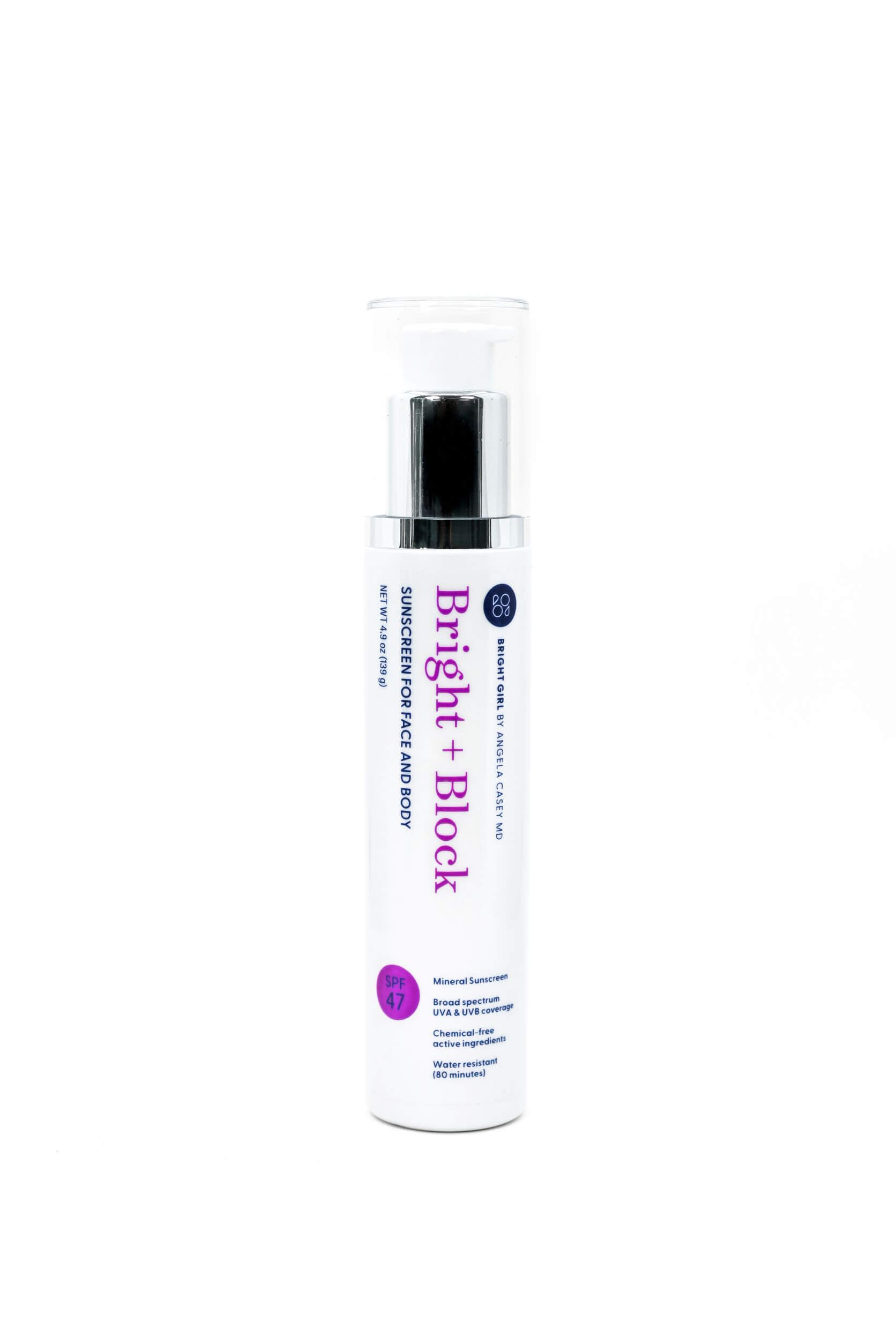Actinic Keratosis
Actinic Keratosis Care & Treatment Options in Monroeville, PA
Actinic Keratosis (AK) appears as rough, scaly lesions on the skin's surface, commonly found in areas exposed to excessive sunlight such as the face, ears, neck, lips, forearms, and the backs of the hands.
Individuals with light complexions, blond or red hair, blue or green eyes, or those who have experienced prolonged sun exposure throughout their lifetime are at a greater risk for developing Actinic Keratosis. It is most often seen in people aged 40 and older, and those who spend significant time outdoors are at an increased risk.
Since Actinic Keratosis is considered a precancerous skin condition, it should be addressed by a dermatologist. At Pittsburgh Dermatology and Skin Cancer Center in Monroeville, PA, regular visits to our skin care experts can help prevent the progression of Actinic Keratosis into more severe skin conditions. Our team is dedicated to providing personalized care to maintain the health of your skin and prevent further complications.
Examples Actinic-Keratosis



What are the Symptoms of Actinic Keratosis?
- Actinic Keratosis can reach a quarter of an inch in size and may even disappear for a time.
- May appear red, light or dark tan, pink or skin-colored.
- These patches may be sensitive or tender and may become inflamed or even bleed.
- Although the patches are typically dry they may also present as lesions that do not heal or as thick, horny growths.
Causes of Actinic Keratosis
- Actinic keratosis (AK) is primarily caused by prolonged exposure to ultraviolet (UV) radiation from the sun or artificial sources like tanning beds.
- The cumulative effect of sun damage leads to the development of these precancerous lesions.
- The risk of actinic keratosis increases with age, reflecting the cumulative impact of sun exposure over the years.
- Individuals with weakened immune systems may be at a higher risk of developing actinic keratosis.
How to Prevent Actinic Keratosis
- Sunscreen: Regularly apply a broad-spectrum sunscreen with a high SPF to exposed skin, even on cloudy days. Reapply every two hours and more frequently if sweating or swimming.
- Protective Clothing: Wear protective clothing, such as wide-brimmed hats, long sleeves, and sunglasses, to shield the skin from direct sunlight. Clothing with a tight weave offers additional protection.
- Seek Shade: Limit direct sun exposure during peak hours, typically between 10 a.m. and 4 p.m. When outdoors, seek shade under trees, umbrellas, or other structures.
- Avoid Tanning Beds: Refrain from using tanning beds, as they emit harmful UV radiation that contributes to skin damage.
- Regular Skin Examinations: Perform at-home self-examinations of the skin regularly to detect any changes or new lesions as well as schedule annual total body skin exams with your trusted dermatology provider. Notify your provider of any suspicious growths or changes you find.
- Limit Alcohol and Tobacco: Excessive alcohol consumption and smoking can contribute to skin damage, so moderation or cessation of these habits is beneficial.
- Stay Hydrated: Proper hydration helps maintain skin health. Drink an adequate amount of water to support overall skin function.
Actinic Keratosis FAQs
Actinic Keratosis lesions are typically not painful, and many people may not experience any discomfort. However, some individuals may notice tenderness, itching, or a burning sensation in the affected areas. If you have concerns about any changes in your skin, including discomfort or new lesions, it's important to consult with a dermatologist for an evaluation.
Actinic Keratosis does not typically resolve on its own. Without treatment, these precancerous lesions have the potential to progress to squamous cell carcinoma, a type of skin cancer. Therefore, it is crucial to seek medical attention if you suspect you have Actinic Keratosis. Your dermatologist can assess the lesions, recommend appropriate treatments, and monitor your skin for any signs of progression.
Your dermatologist can diagnose Actinic Keratosis through a visual examination of the skin. In some cases, a biopsy may be performed to confirm the diagnosis or rule out skin cancer. The biopsy involves removing a small sample of the affected skin for laboratory analysis.
You should use sunscreen every day, even on cloudy days and during the winter, UV rays can still penetrate the clouds and cause skin damage.
Sunscreen needs time to be absorbed into the skin; we recommend applying a broad-spectrum SPF 30 sunscreen at least 15-30 minutes before going outdoors and reapplying every two hours.
From Our QualDerm Family of Providers: Sunscreen Recommendations
How to Treat Actinic Keratosis
Treatment options may include:
- Cryotherapy: The use of liquid nitrogen to freeze the lesions superficially
- Topical Creams: Designed to eliminate Actinic Keratosis in the affected areas.

Contact Pittsburgh Skin Cancer Center
Make an appointment with us for your total body skin exam today.
Featured Products for Healthy Skin

Bright+Block SPF 47 Mineral Sunscreen for Face and Body
Bright+Block SPF 47 mineral sunblock provides broad-spectrum UVA & UVB coverage through chemical-free active ingredients: Zinc oxide and Titanium Dioxide. This formulation goes on white to ensure complete coverage yet disappears completely, protecting skin from the sun’s damaging rays. Lightweight and water-resistant (80 minutes), this sunscreen works beautifully for all skin types. 4.9 OZ (139 G)

Colorescience Sunforgettable Total Protection Body Shield Bronze SPF 50
Enjoy a perfect, natural sun-kissed glow all year long without the damage! This powerful protector features a beautiful bronze tint with our exclusive EnviroScreen® Technology to provide all-mineral protection from environmental aggressors such as UVA/UVB, pollution, blue light, and infrared radiation. Patented ingredients and a hydrating, antioxidant-rich mineral formula nourish and protect skin against free radicals that contribute to skin damage. Total protection in an elegant texture that blends easily with a weightless finish. Net Wt. 4 fl. oz. / 120 mL
